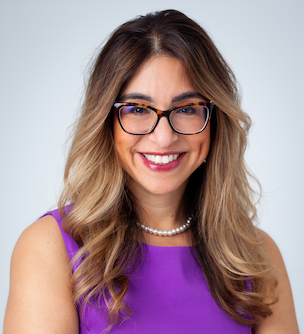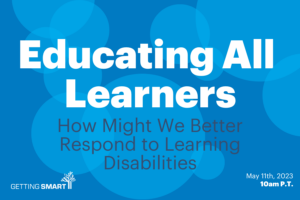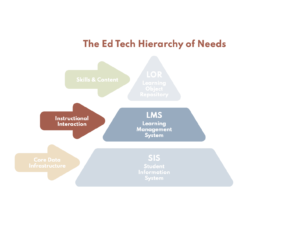Uncovering Pathways for Students with Disabilities
Key Points
-
When students with disabilities don’t have equitable access to early college opportunities, they miss out on significant benefits.
-
The New Pathway project casts a vision for equitable schools where “every learner has the right to access powerful learning experiences that work for them.”

Getting Smart’s New Pathways campaign offers a roadmap for creating intentional, purposeful, and equitable opportunities for all students. And equity, with all of its complexities, is non-negotiable.
In education, equity initiatives often focus on students who have been “historically disadvantaged or historically marginalized.” This means any conversation about equity is incomplete without including students with disabilities–especially when discussing pathways to college and careers.
Where We Are
Many states have made strides in bridging equity gaps in traditional pathways like career and technical education (CTE) and early college opportunities, yet students with disabilities continue to be overlooked.
Nationally, students with disabilities make up 12.7% of the high school population. This means that roughly 13 of every 100 students have a disability. But enter a dual enrollment course and watch the numbers drop. Only 4% will have a disability. In Advanced Placement courses, it’s even worse; students with disabilities make up fewer than 2% of students in these classes.
When students with disabilities don’t have equitable access to early college opportunities, they miss out on significant benefits. Students in these classes earn valuable college credit for free, prepare for college-level work, and improve their chances of graduating from high school, enrolling in college, and completing college degrees on time. These classes can be life-changing, and students with disabilities continue to have the lowest participation rates of any subgroup in CTE and early college courses.
When students with disabilities don’t have equitable access to early college opportunities, they miss out on significant benefits.
Karla Phillips-Krivickas
Deploying Our Secret Weapon: Transition Plans
Fortunately, a pathway to college and career already exists but it remains a mystery to those outside of special education.
Federal law requires students with disabilities to each have an Individual Education Program (IEP) which, at age 16, must contain a plan for transitioning the student from high school to post-school life. Each IEP transition plan must include goals for employment, postsecondary education, or training as well as the services and support the student will require to achieve these goals.
Federal law requires this transition planning process to begin at 16, however, over 20 states have recognized that more time is needed and have independently lowered that age to 14 or freshman year. Yet despite this obvious commitment, outcomes remain stagnant for students with transition plans, according to mandatory state-submitted data.
Transition plans can, and should, rally stakeholder support and launch students into an opportunity-rich and purposeful future; however, while most special education staff understand the value of these plans, not all stakeholders do. If we can help families, counselors, educators, postsecondary leaders and the business community appreciate the life-altering potential of well-crafted and executed transition plans, community partnerships may develop along with meaningful opportunities for our students with disabilities.
Over the next few months, I will release a series of blog posts examining pathways to college, careers and everything in between for students with disabilities. This series, Uncovering Pathways for Students with Disabilities, will explore the unique onramp federal law has provided and identify ways we can increase the participation of students with disabilities. In the coming weeks, look for posts on the following topics in our Uncovering Pathways for Students with Disabilities blog series:
- Special Education Myth Busters
- A Pathway Primer
- Roadmap to Higher Education
- Roadmap to Career Technical Education
- Roadmap to Work
The New Pathway project casts a vision for equitable schools where “every learner has the right to access powerful learning experiences that work for them.” I believe we may be closer to that goal than we think.
This post is part of our New Pathways campaign sponsored by American Student Assistance® (ASA), Stand Together and the Walton Family Foundation.







0 Comments
Leave a Comment
Your email address will not be published. All fields are required.